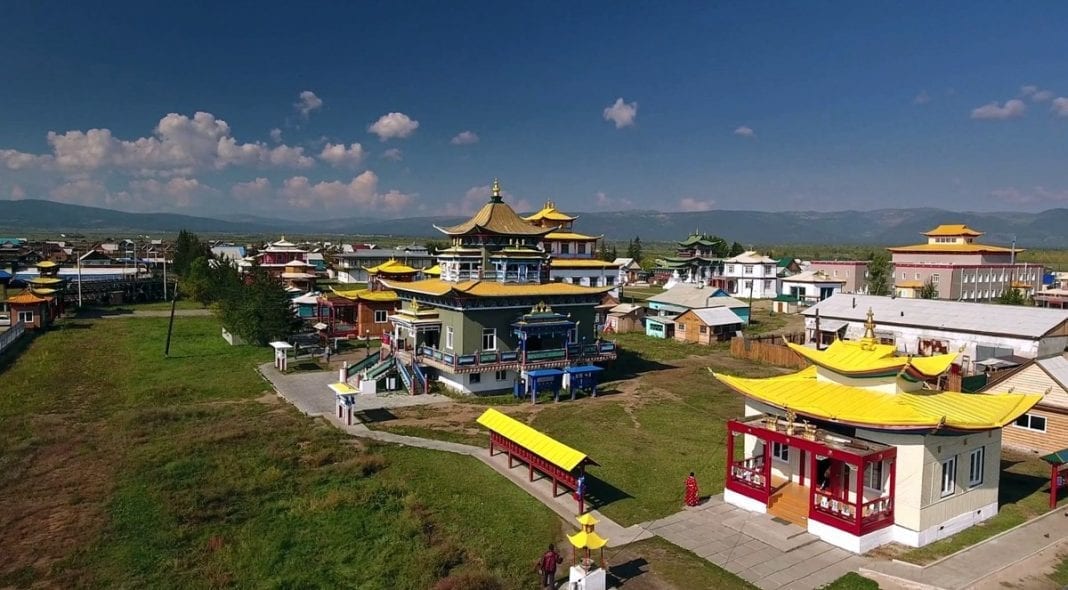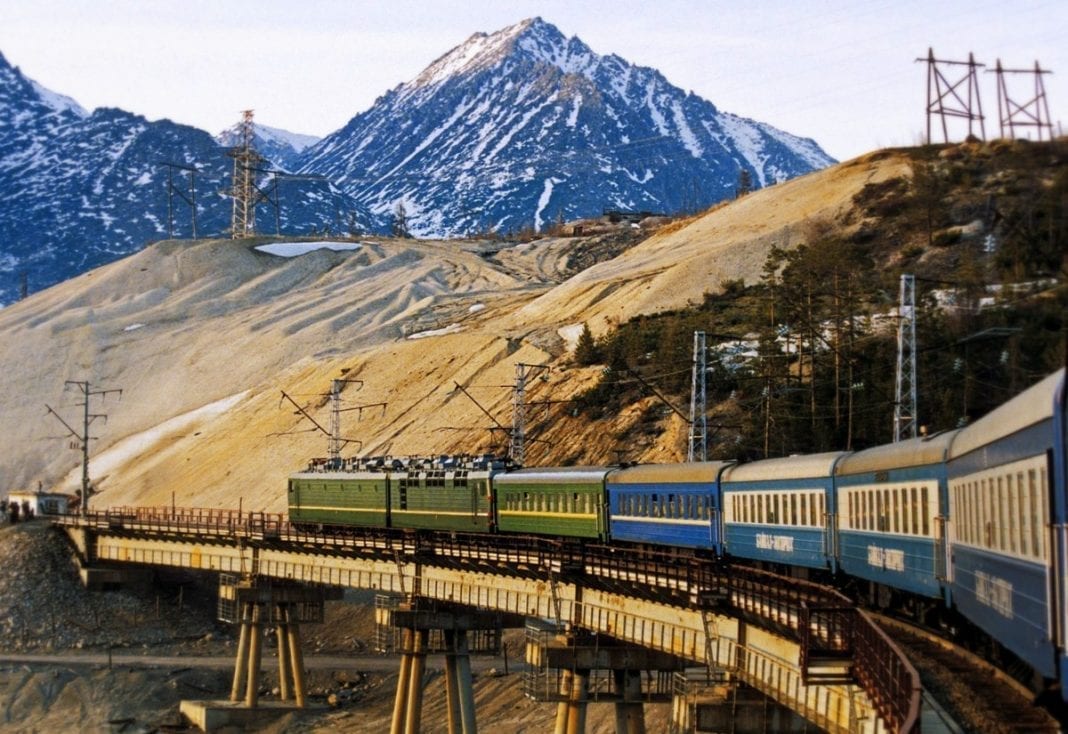At more than 600 million square miles, Russia is the world's largest country — yet, until recently, it remained relatively unexplored by outsiders, given its long inclusion in the Soviet Union, disbanded in 1991. Today, it welcomes tourists from across the globe, and there are few better ways to explore it than by journeying on the legendary Trans-Siberian Railway, which crosses the nation from Moscow, in the west, to Vladivostok, in the east.
The epic railway has been romanticized time and again, and why not? Established in 1891 by Russia's last tzar, the line is part of the world's longest rail system, and incorporates connecting routes that carry passengers as far as London and Singapore. It travels some of the planet's most stunning landscapes, including vast steppes, rolling tundras, and evergreen mountain forests.
Most passengers use the line as an overnight accommodation while traveling from one stop to another, so its trains have three convenient classes for long-term travel — first-, second-, and third-class sleepers. Some cabins also have private suites with bathrooms and showers, ideal for the eight-day trip across a good part of the planet.
As astonishing as the scenery can be, the following five locales are must-see sites that every traveler should plan to visit.
Moscow's Red Square
Perhaps no locale along the Trans-Siberian is more iconic than the complex of buildings that dominate Russia’s 850-year-old capital. Some of the most recognizable symbols of Russia are found on the Red Square, including colorful Saint Basil’s Cathedral and the medieval Moscow Kremlin. The largest of Russia's citadels, the Kremlin includes many historic buildings, including several cathedrals and the thrones of Russia's czars.
Yekaterinburg and the southern Urals
Founded by Peter the Great, Yekaterinburg, the "Window to Asia" was raised in gentle section of the Ural Mountains, which divide Europe from Asia, and cultural and architectural influences from both civilizations have merged together in this fascinating and cosmopolitan landscape. Its visitors experience a genuine Russia, it is said, far different from Moscow or Saint Petersburg.
Kazan
On the banks of the Volga River, Kazan, the capital of the Republic of Tatarstan, boasts a fascinating multi-ethnic history. While the Tatars are a majority here, Muslims and Orthodox Christians coexisting peacefully. The highlight of this multi-cultural city is the Kazan Kremlin, the only surviving Tatar fortress in Russia.
Lake Baikal
Transfixed by its beauty, travelers invariably stop at Lake Baikal, the "Pearl of Siberia," the deepest lake in the world and its largest freshwater lake, containing as much as 23 percent of the world's fresh surface water. The lake's waters are among the clearest in the world. Several resorts line the shores of the lake and climb into the surrounding mountains.
Ulan-Ude
Closed to foreigners until 1991, Ulan-Ude is among the most ethnic cities in Siberian Russia. Elaborate log built architecture here stands alongside fanciful Bhuddist temples. Ulan Ude is home to the Buryats, related to their Mongolian neighbors to the south, who share their Tibetan Buddhist and shamanist traditions.
Sign up to receive a FREE copy of West Virginia Explorer Magazine in your email weekly. Sign me up!


